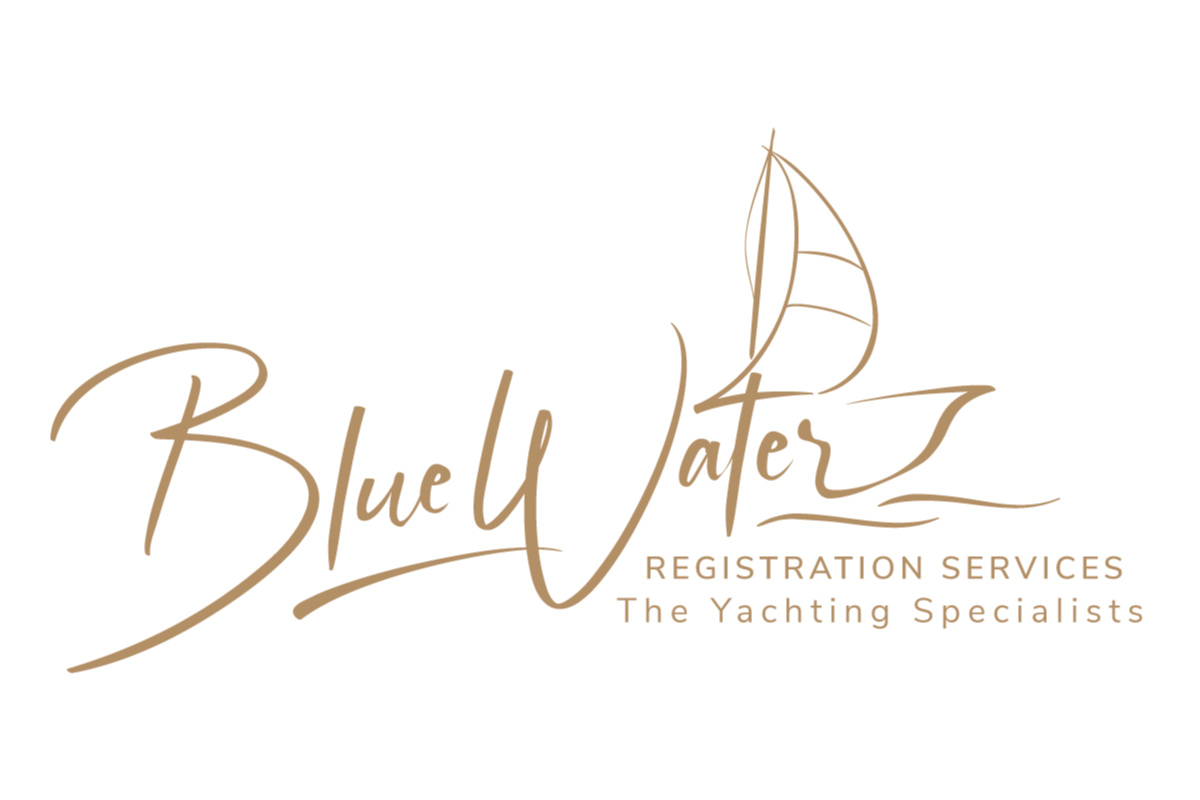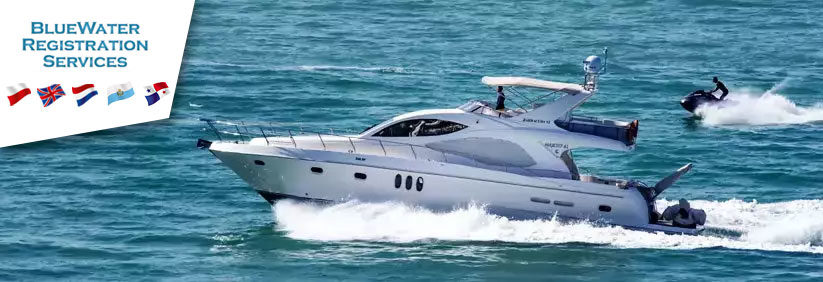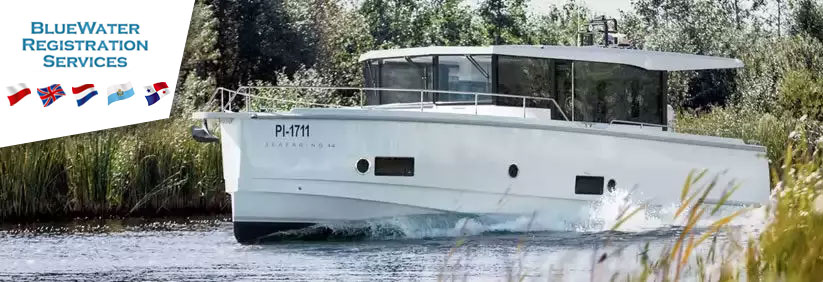
Sailing rules and tips
On a beautiful summer day it can quickly get crowded on the water. To ensure that everyone has a pleasant day out on the water, a number of rules and tips apply.
For convenience, we have listed the most important points for when you go out on the water with your sloop or motorboat.
What are the most important rules and tips?
- On the fairway, keep to starboard side (right side) as much as possible. Also within the concrete channel.
- Adjust the course and speed of your sloop or motorboat in good time when you give way to another ship. Show clearly which course you are heading and give each other room to manoeuvre. Do not suddenly change course and speed.
- Make sure you have good all-round visibility and look behind you regularly.
- Use the correct navigation lights on time.
- Be alert to annoying waves or suction from your sloop or motorboat. Reduce speed in time to prevent dangerous situations and damage to other ships.
- Anchor only where it is safe. Not near bridges, locks, workboats with protruding anchors and in the middle of a fairway.
- Avoid navigating busy shipping routes and keep the centre clear for large ships.
- Stay away from fishing nets. These are usually marked by black or yellow flags or by a sign with a green/white diamond. The green side indicates the safe passing side.
- Keep the peace in the natural and residential areas.
- Limit excessive noise from radio and other music systems.
- Do not cause a nuisance to your environment.
- Only swim where it is allowed and safe. Swimming in parts of the waterway intended for through traffic, near bridges, locks and waiting areas is prohibited
- A boat license is required to drive fast motor boats. These are all boats that can sail faster than 20 km/h. The license requirement also applies to non-fast sailing boats that are longer than 15 meters.
- Sail alcohol-free. The legal limit on the water is 0.5 per mile. There is a check and the fines are high!
What are the unwritten rules?
- When mooring, always attach the mooring lines of your sloop or motorboat under the mooring lines of the ships that are already moored.
- When you come to berth next to a boat, you always leave your own ship as quietly as possible through the front of the adjacent ship.
- In principle, you moor your own ship on a quay in the same direction as the other ships so that everyone retains privacy in the aft cockpit.
What about priority?
- Small vessels (shorter than 20 metres) must generally give way to large vessels (longer than 20 metres). Ferries, passenger ships, tugs and pushers and fishing vessels that are in operation have the rights of ‘big’. Even if they are shorter than 20 meters. However, there are exceptions. E.g. when sailing in a fairway on the starboard side. You will find more information about the exceptions in the Inland Waterways Police Regulations.
- A small vessel may request the cooperation of another small vessel when departing, turning and entering or leaving a port.
- A vessel wishing to enter the main fairway must give way to a vessel sailing in the concreted fairway on the starboard side of the main fairway. An exception to this: a ship that comes out of a concreted secondary waterway. In this situation, a small ship on the main waterway must cooperate with a large ship coming off the concreted secondary waterway.
- A small motor vessel (up to 20 meters) must give way to a small sailing vessel (up to 20 meters) or a rowing boat if their courses are crossing and none of the vessels on the starboard side are sailing. In this situation, a large motor vessel or a large sailing vessel gives way to the vessel approaching from starboard.
- For small motor vessels, if their courses intersect and none of the vessels are sailing on starboard side, the vessel approaching from starboard will have right of way.
- Anyone entering or crossing a main waterway from a harbor or secondary waterway, or vice versa, must ensure that other waterway users are not forced to change their course and speed suddenly and to a large extent. The sign B.9 means that ships on the main fairway always have right of way.
From what age can you drive a boat?
- Fast motor boat: 18 years.
- Motorboat, large ship and sailboat longer than 7 metres: 16 years.
- Open motor boat that cannot go faster than 13 km/h and is shorter than 7 metres: 12 years.
- Sailing boats shorter than 7 meters and small rowing boats: no minimum age.
Questions or remarks?
If you have a specific question or comment about the sailing rules, your sloop or motorboat? This can be done via our contact form.





Leave a Reply